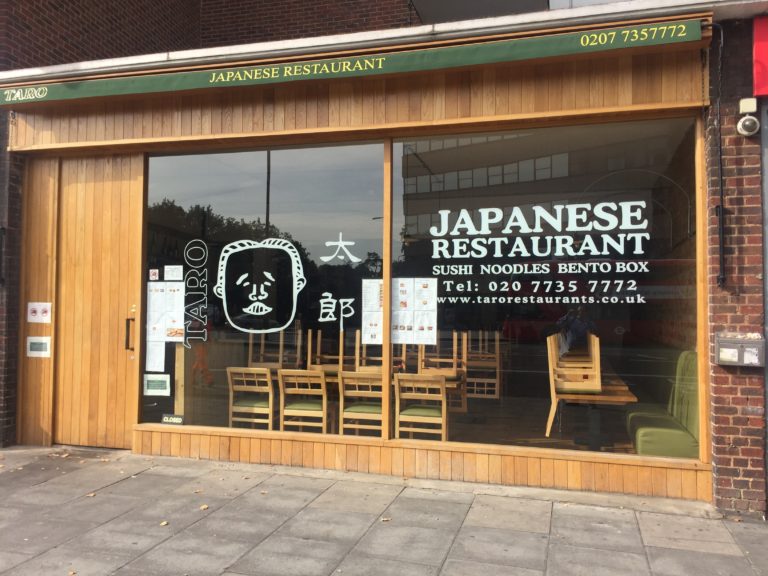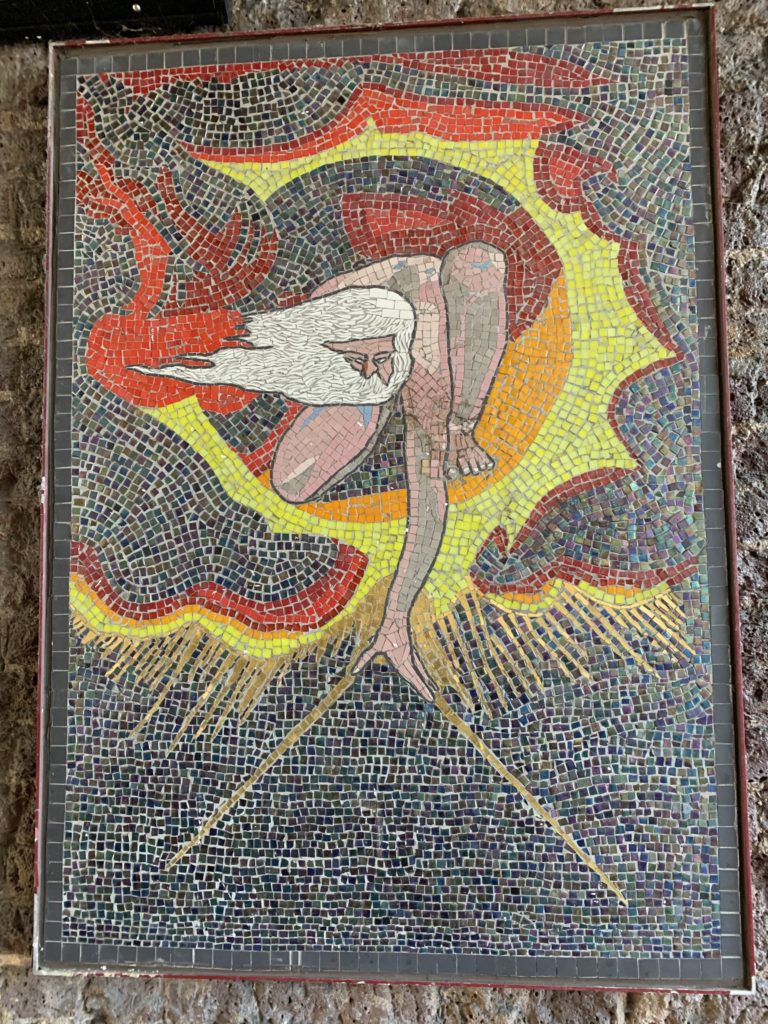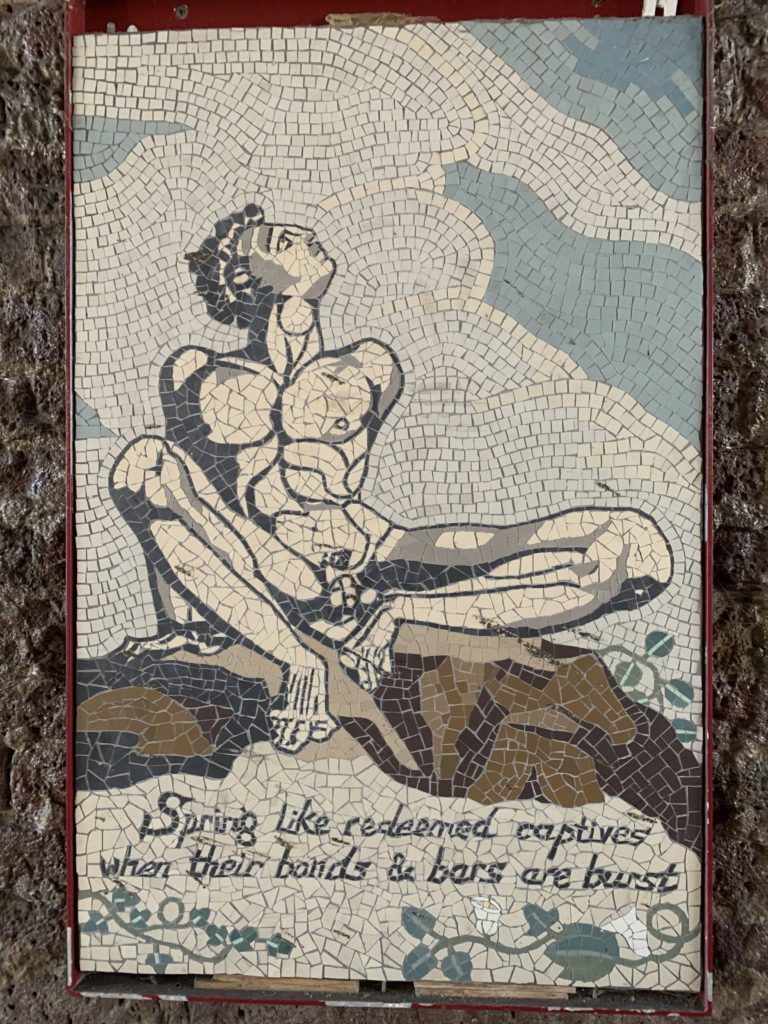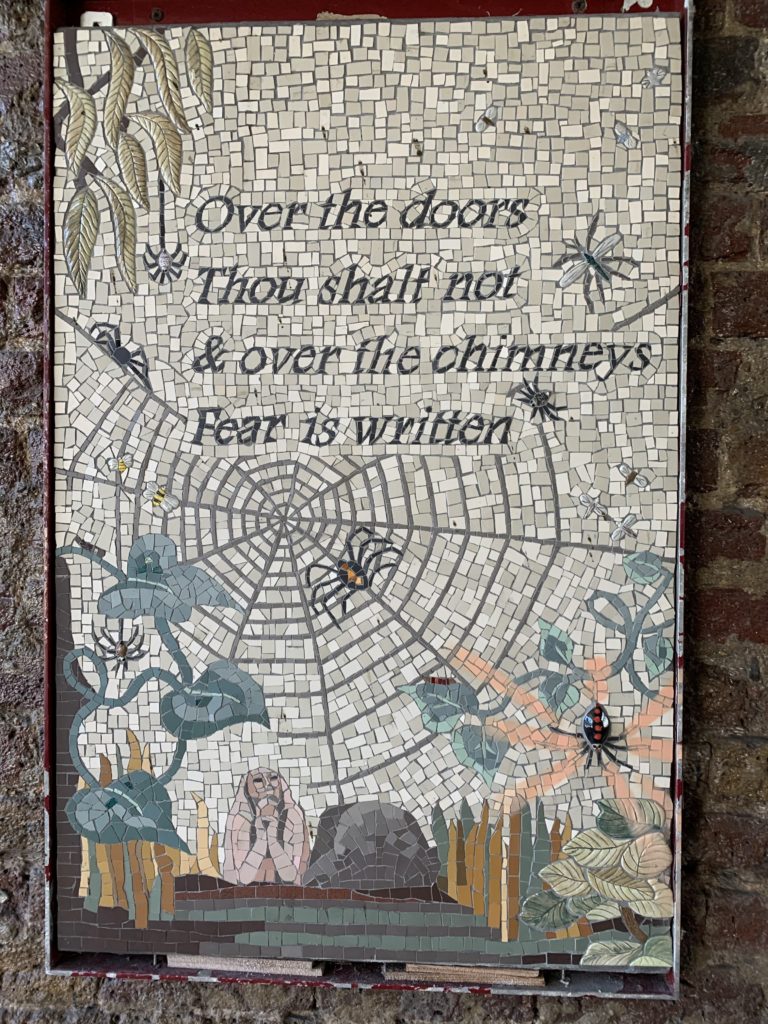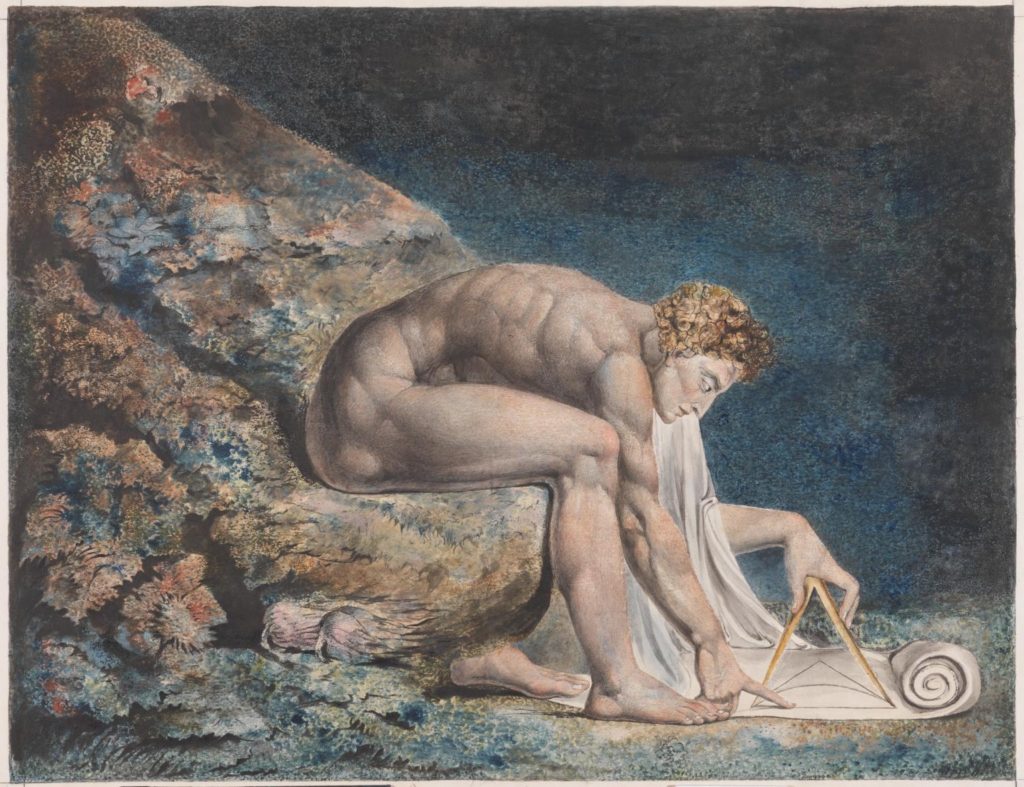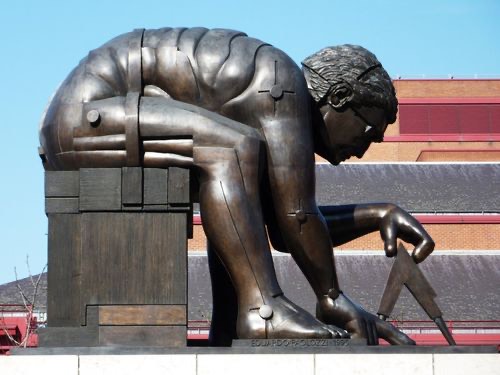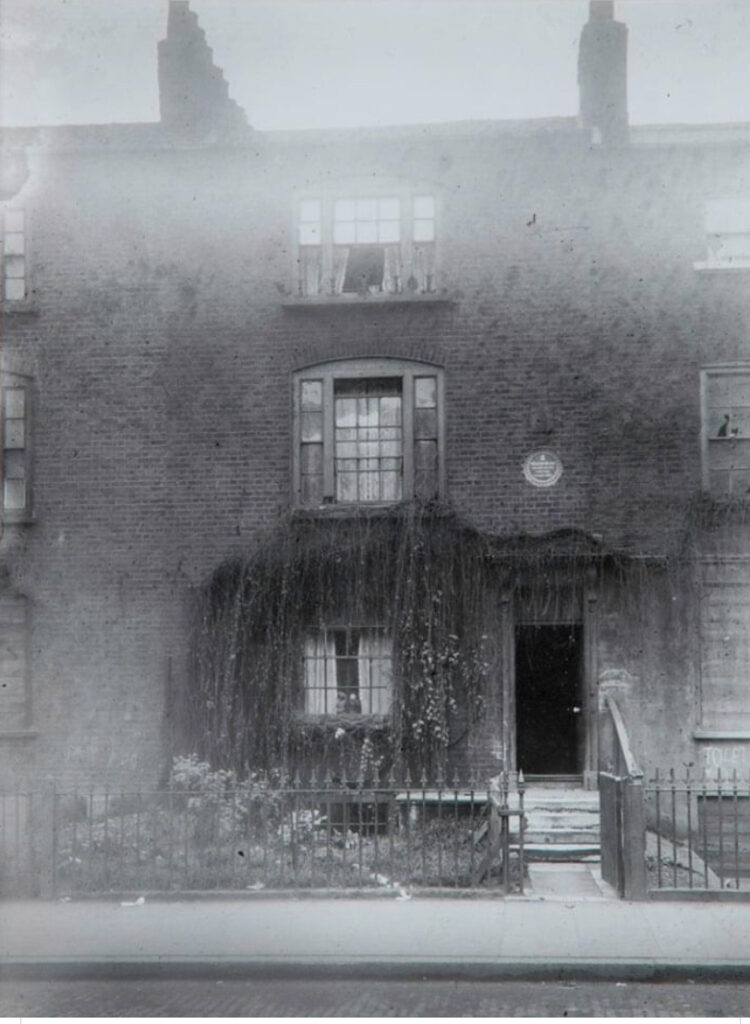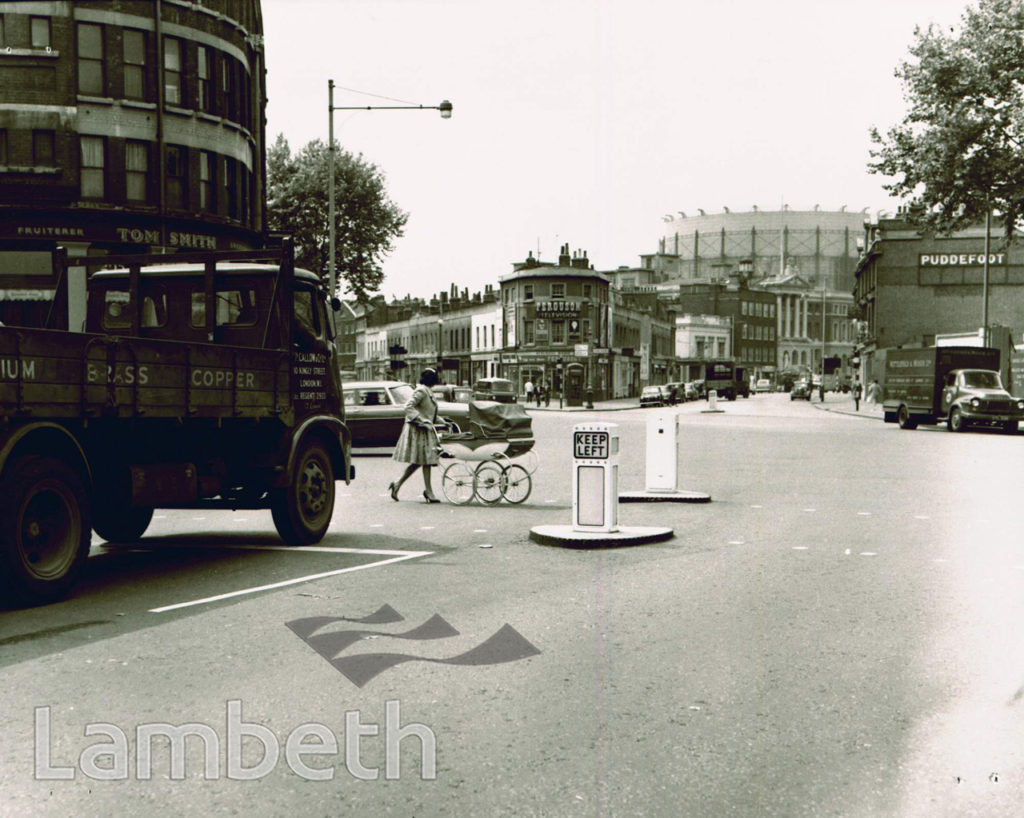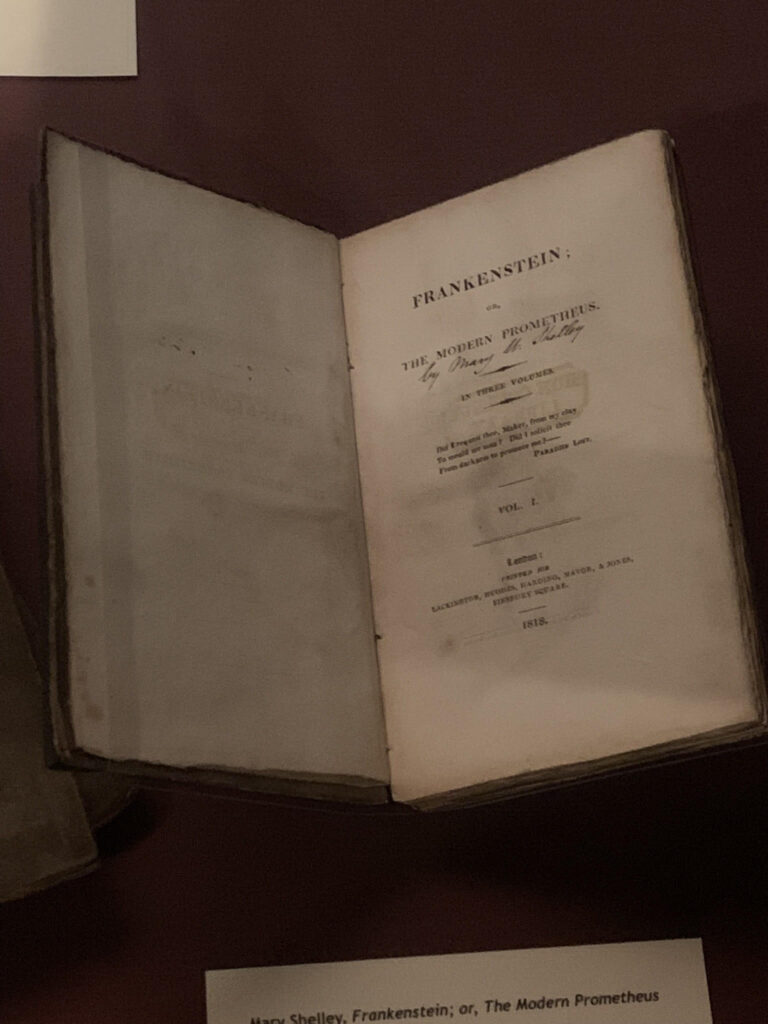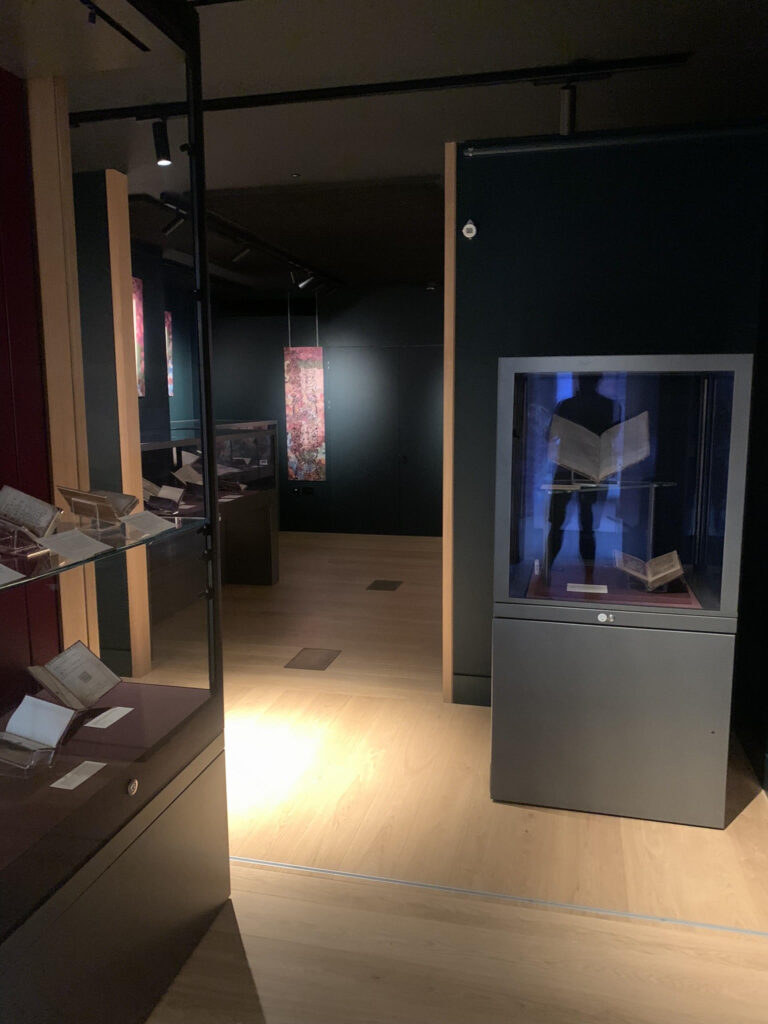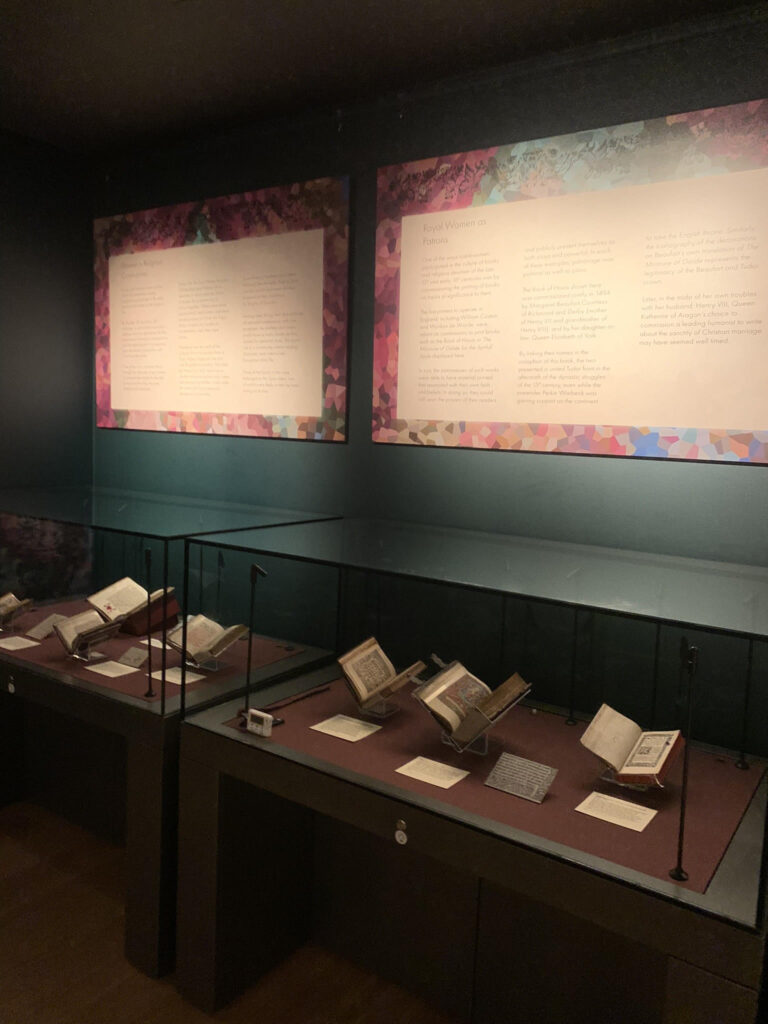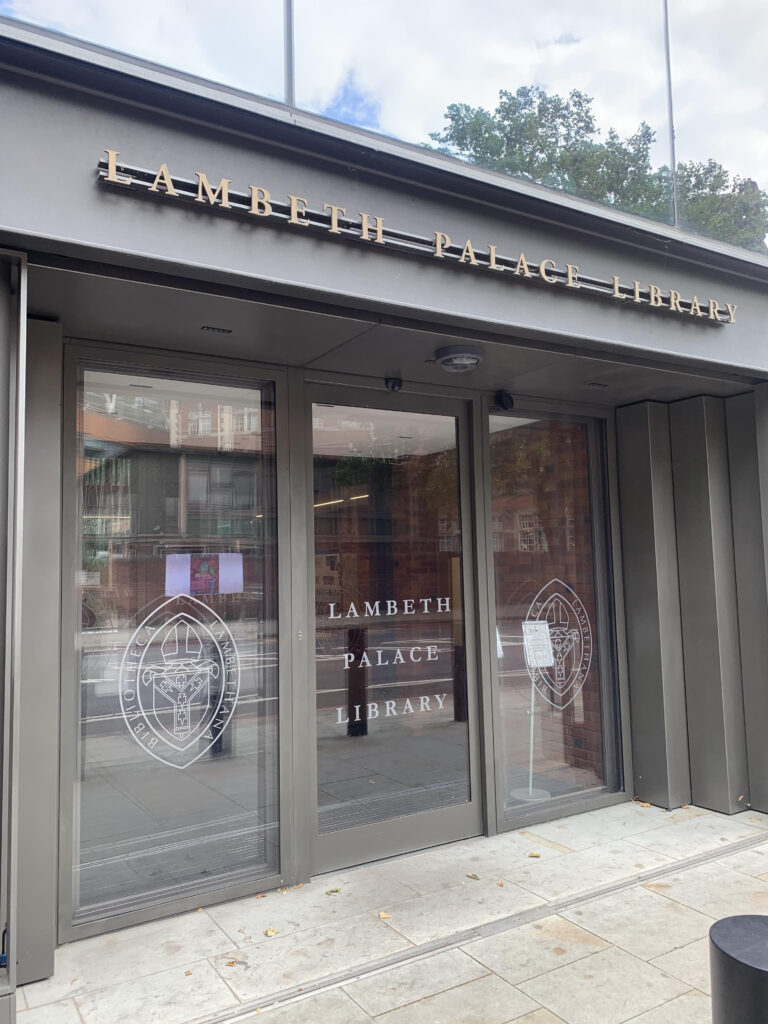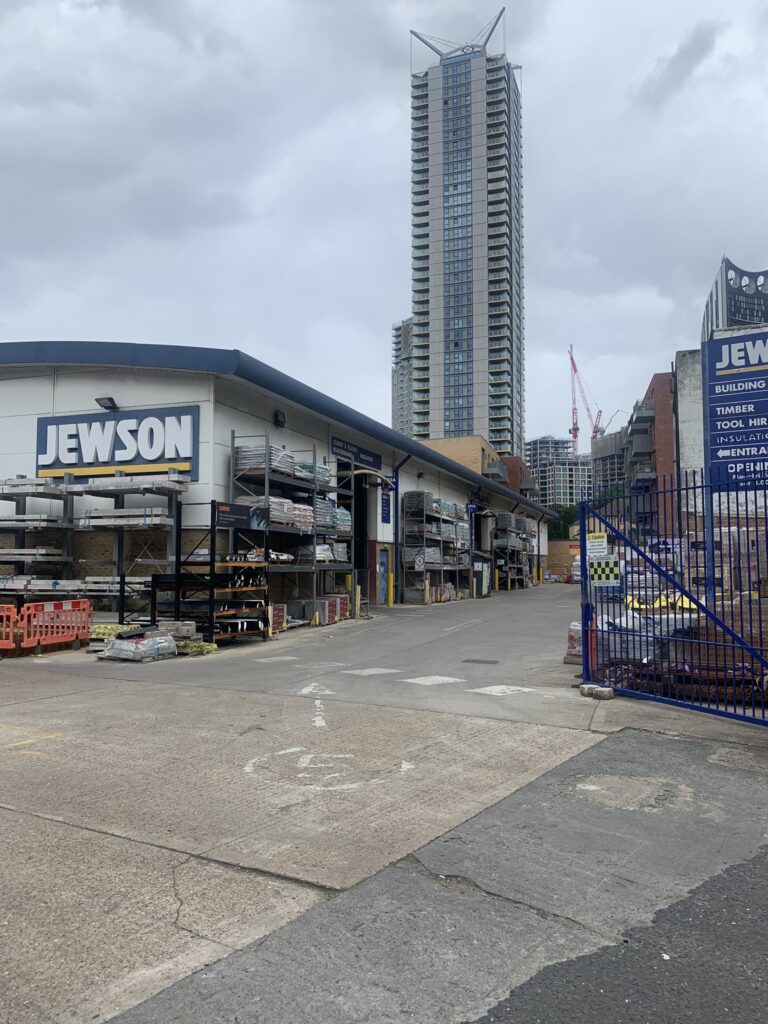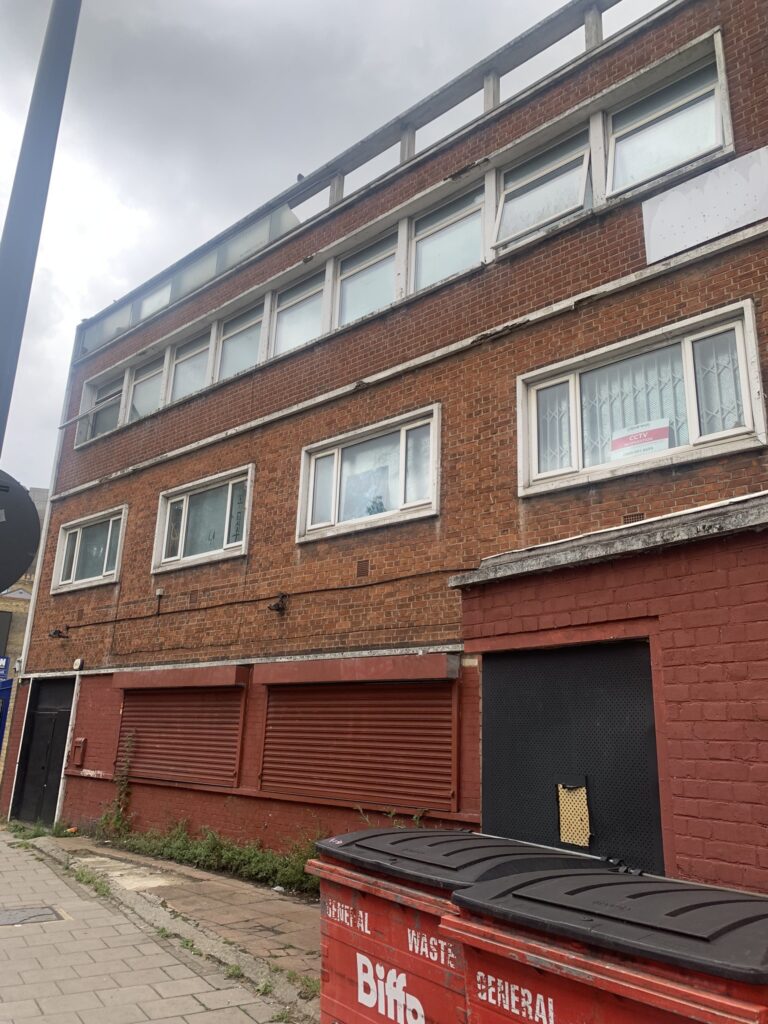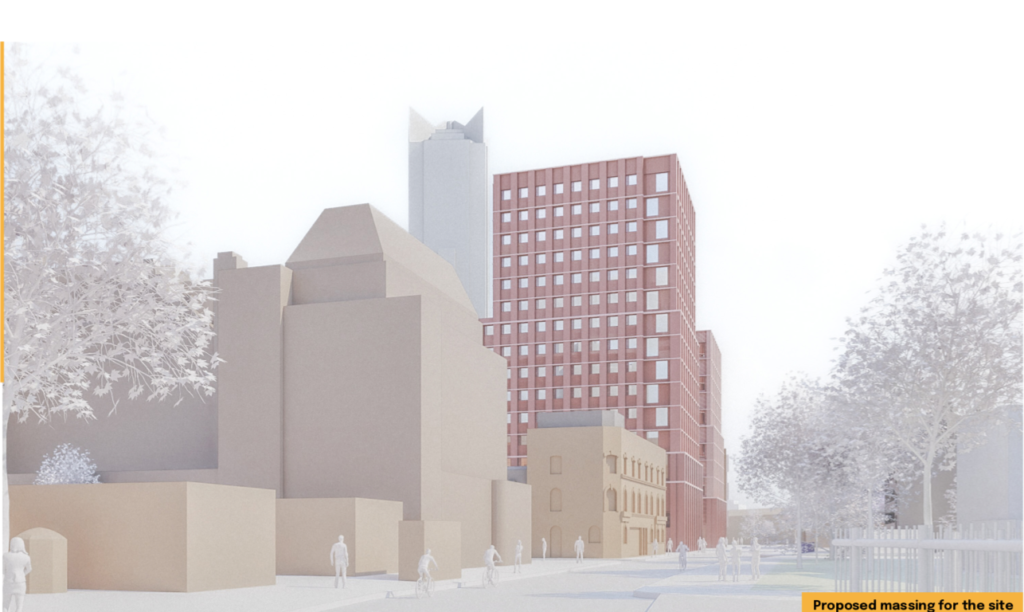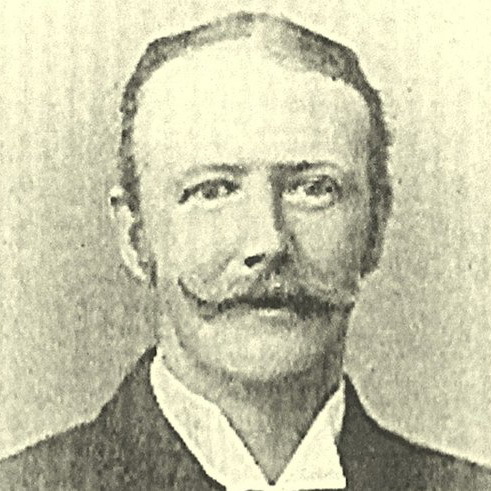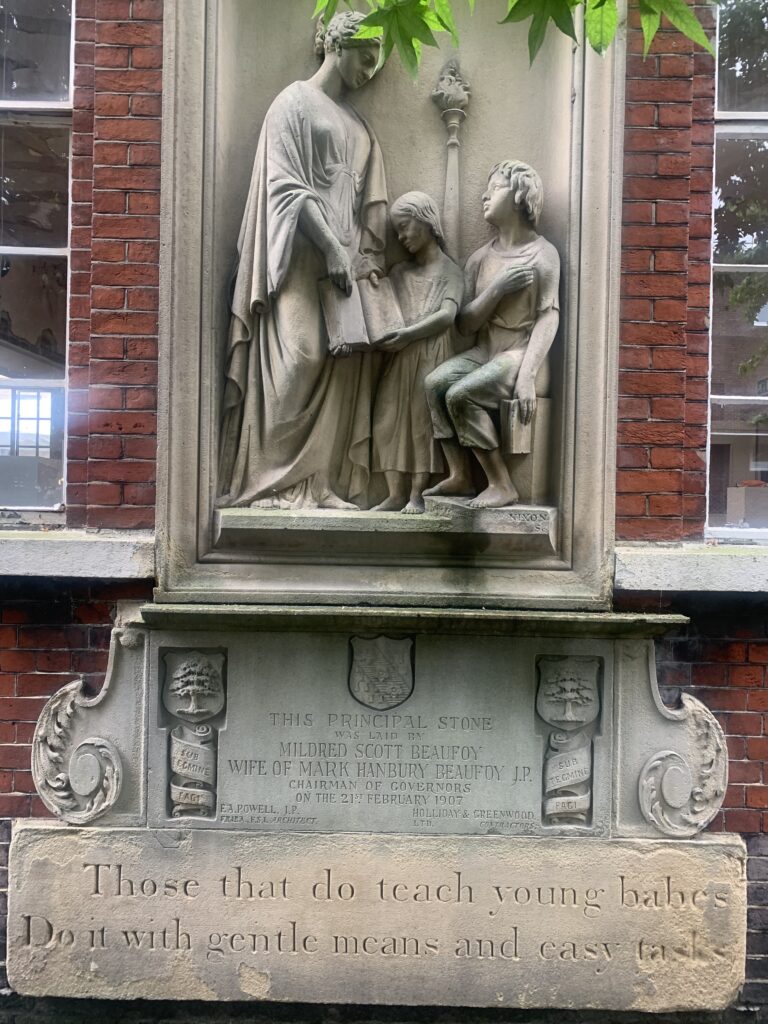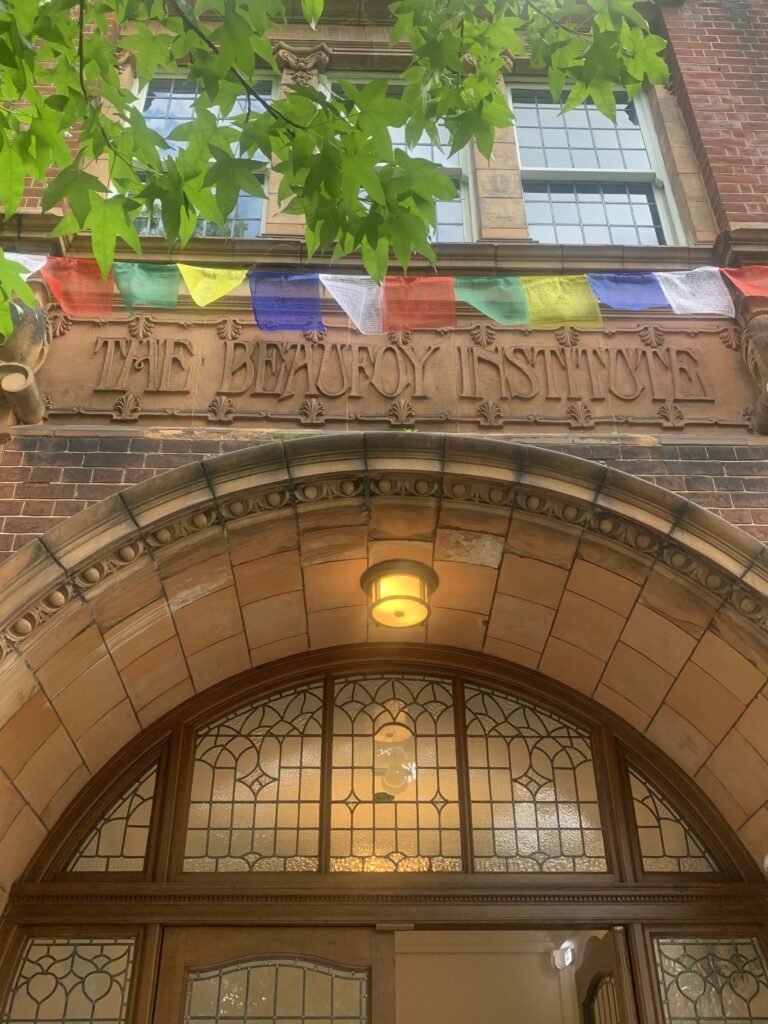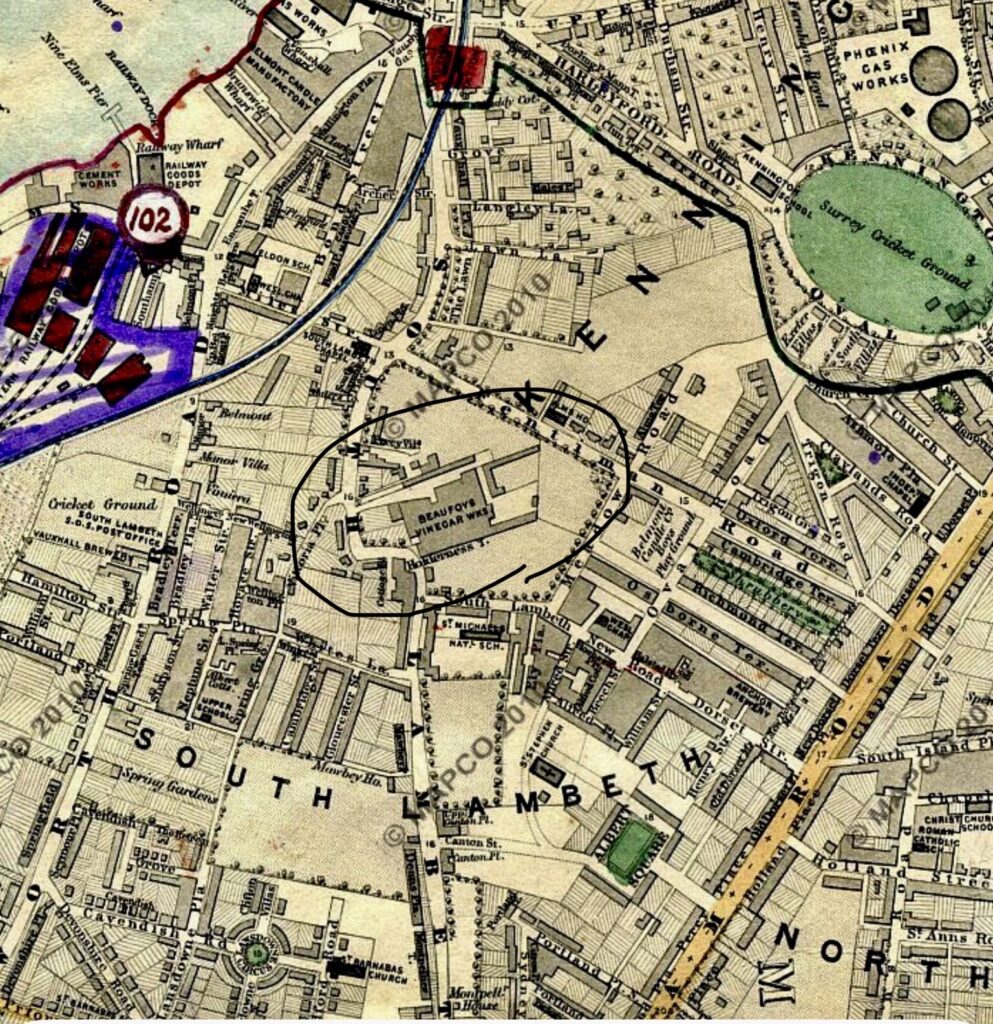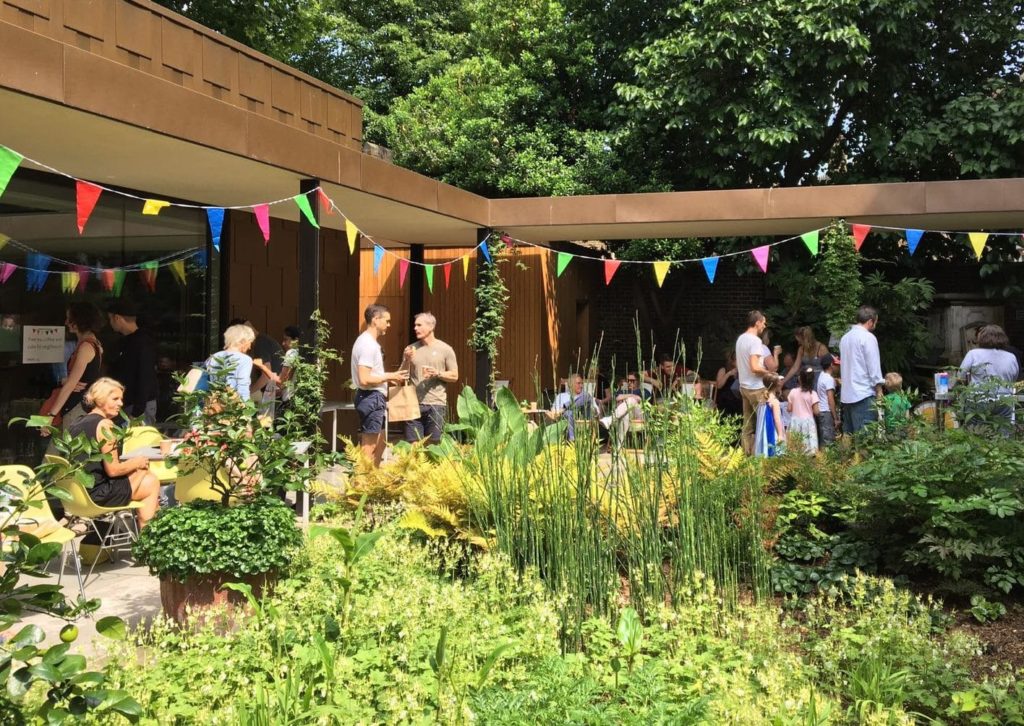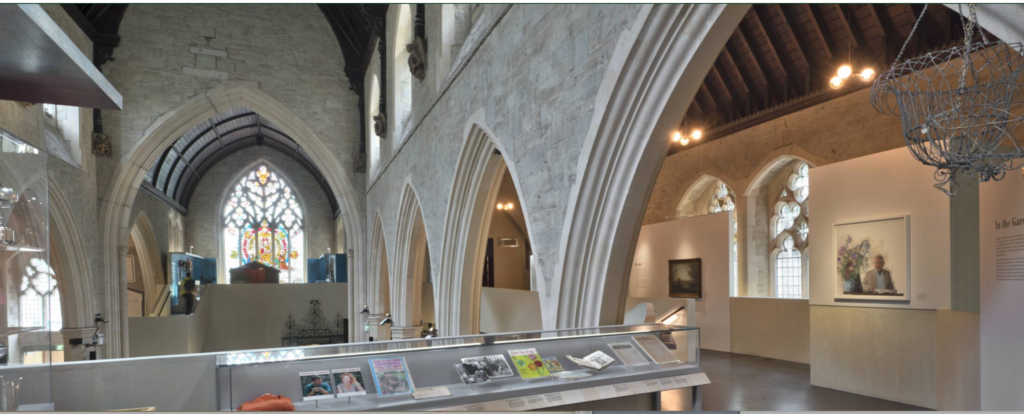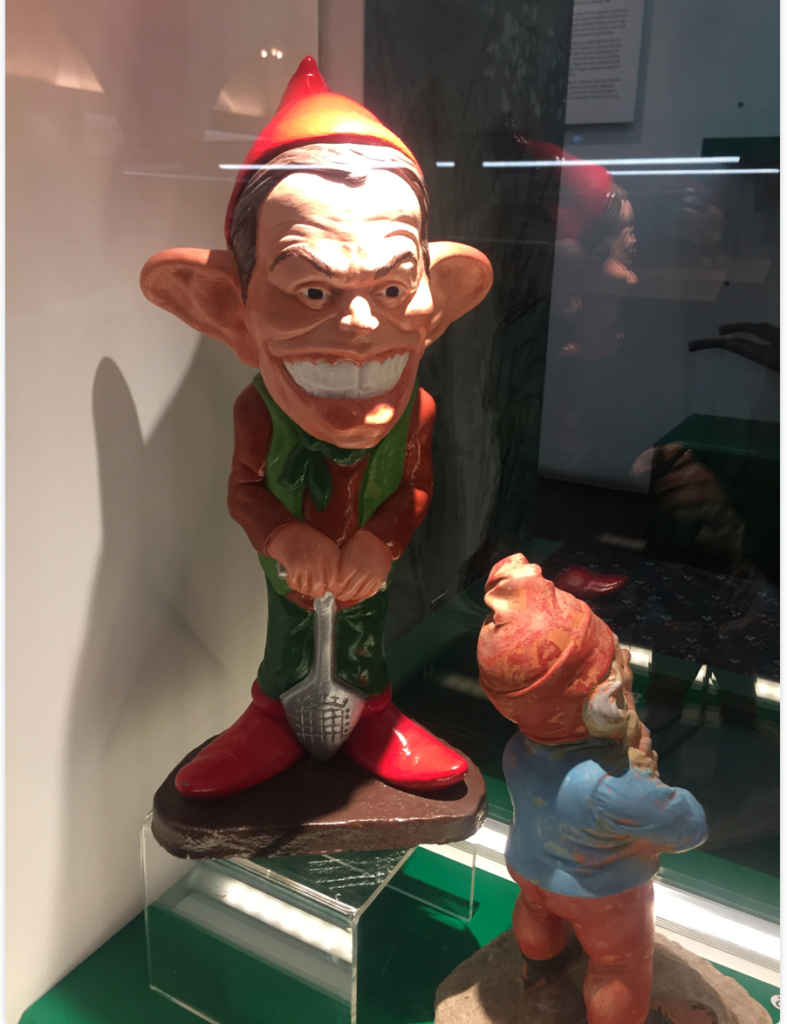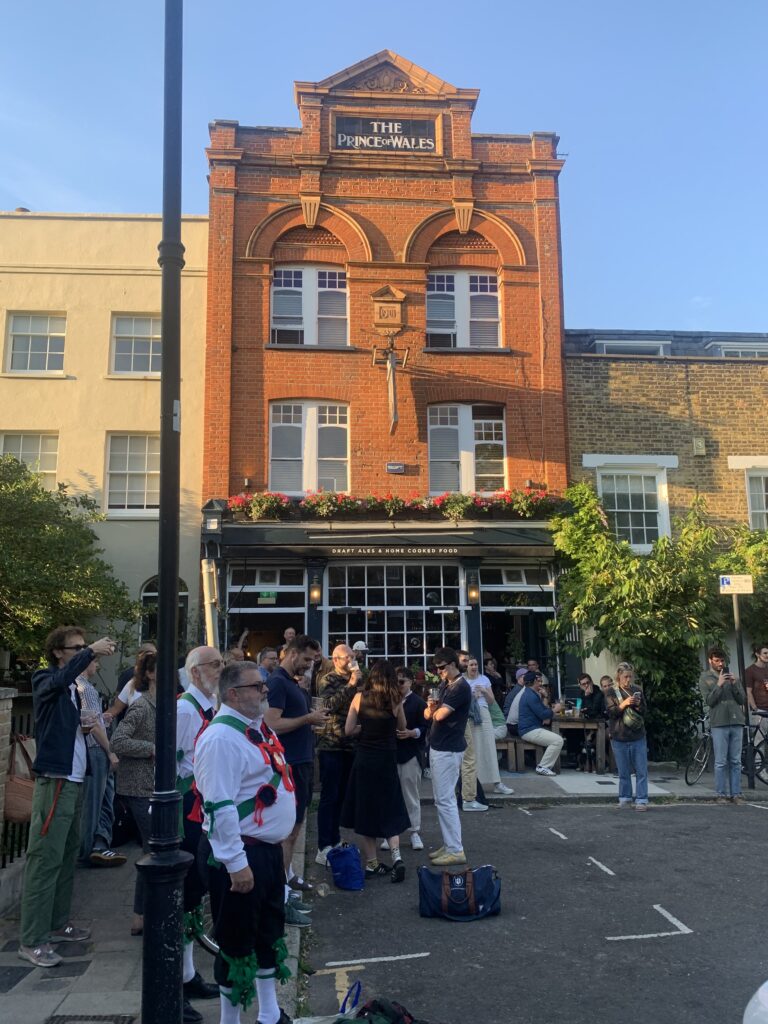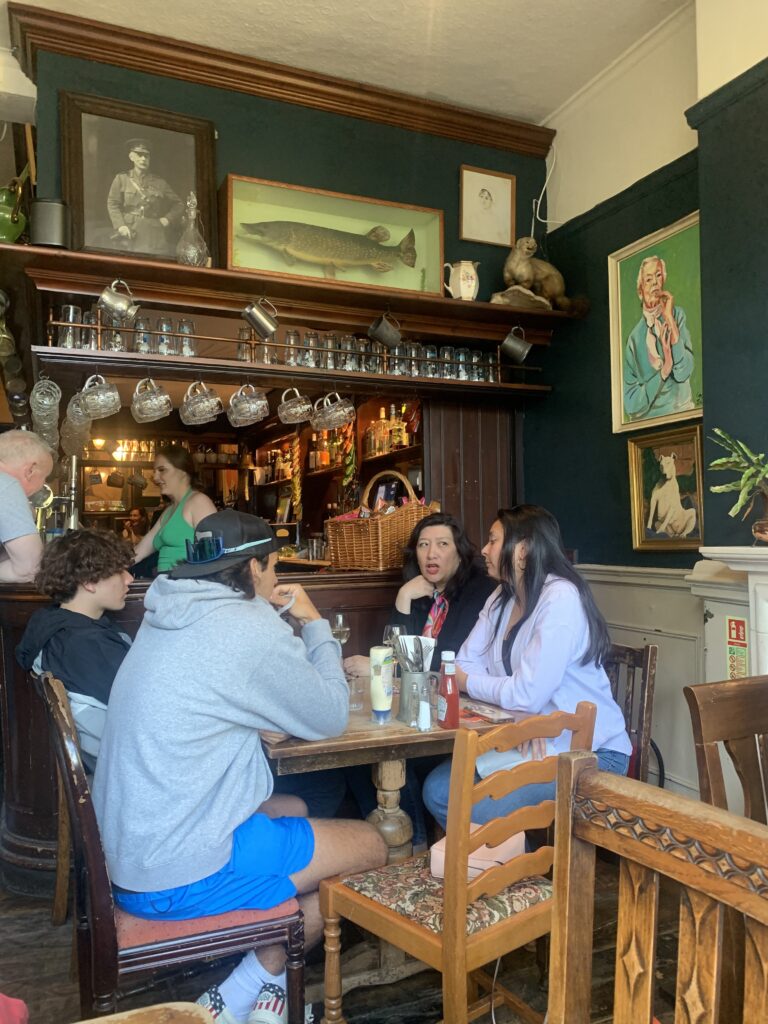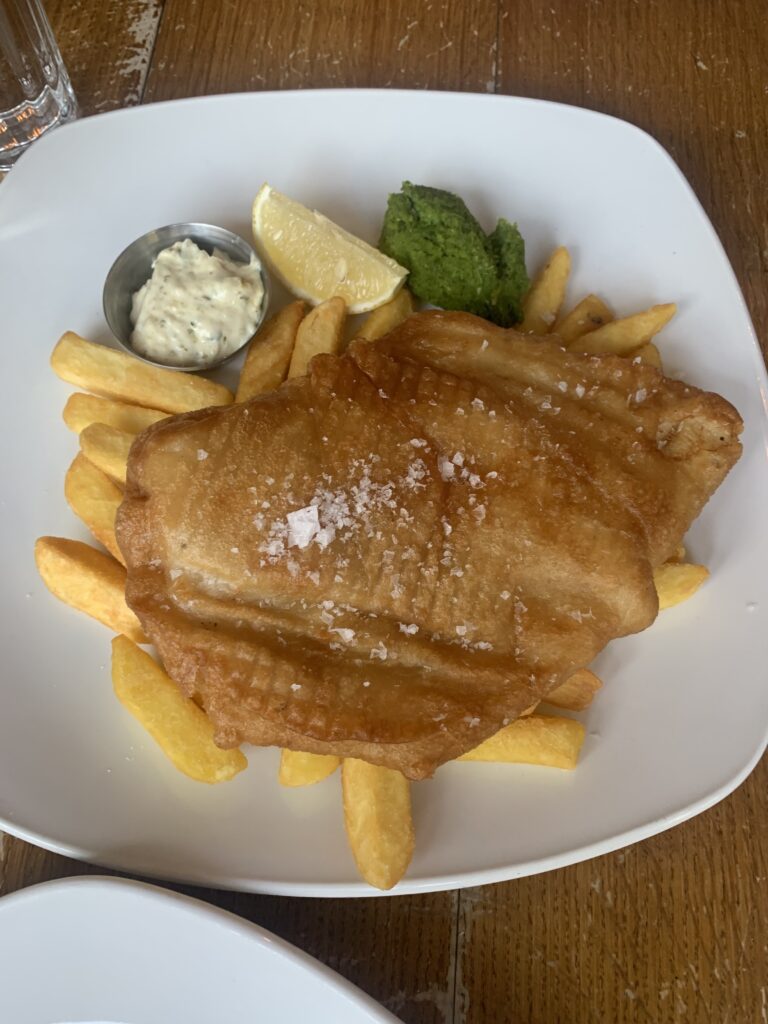Looking for a fun distraction on what is probably the last weekend of the summer? Of course you are and so are we, and we can recommend nothing better than the charity raising and inclusive Royal Vauxhall Tavern Sports Day at the back of Spring Gardens on Monday 26 August from 1pm.

For the uninitiated, Sports Day is our own little Notting Hill carnival, with soca and steel drums substituted with handbag throwing, tug of war and drag queens. The event is composed of approximately 10 teams, usually dressed up and with great names. As you can imagine, there is a definite comedy element to the proceedings and is MC’ed some real BBC sports reporters who corral events into a semblance of actual competition. The various tasks (egg and spoon, the 50 metre mince, drag race relay, etc) are constructed in a knockout format with the winning team being crowned at about 5pm
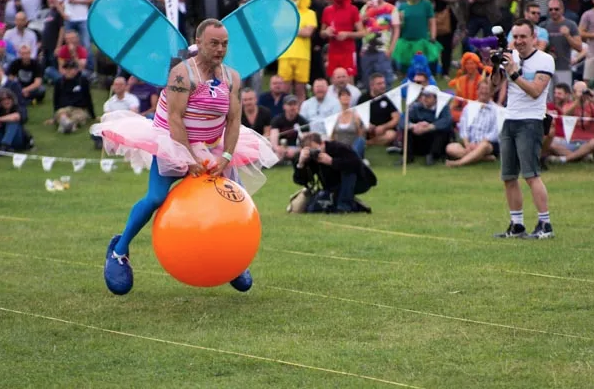

This event is free but bring some cash as there will be charity buckets and volunteers about, and there is also a raffle. The day is certainly not limited to a specific demographic and there are a number of families there with kids, older folks, and an overall sense of mirth abounds. There are bars, music and once in a while the cute critters from Vauxhall City Farm even pop over for a visit. Our suggestion is to grab a blanket and some food and make a picnic out of it. The website indicates a kickoff at 1, but is usually about 1:30. And If you are going please pop over and say hello to the Runoff team. And good luck trying to find out what we look like, as we might just be a room of AI chatbots.
The highlight of the day has to be the rhythmic gymnastics because, let’s be frank, you haven’t truly lived until you’ve witnessed a dozen hairy men in tutus dancing to ‘Toxic’.





